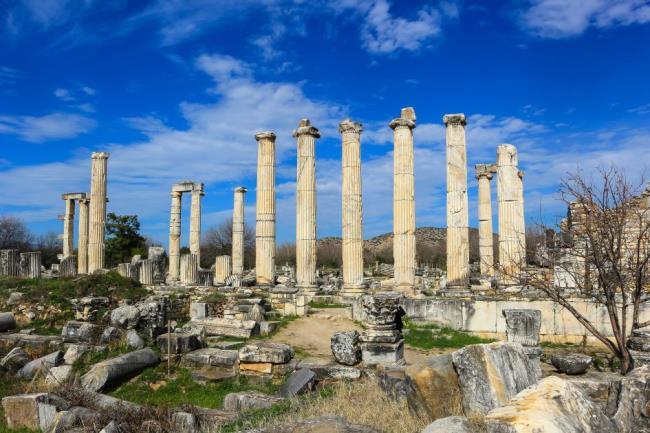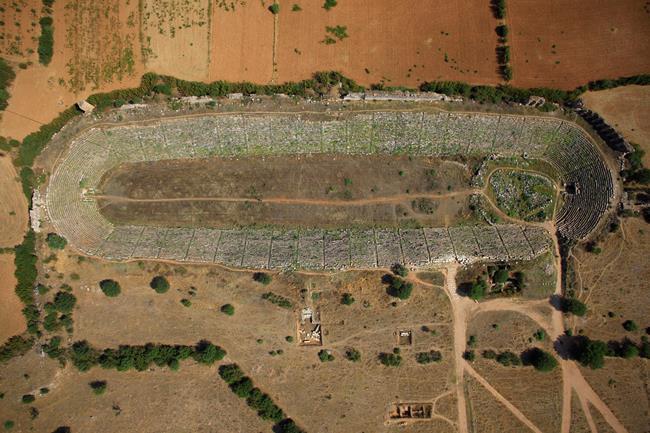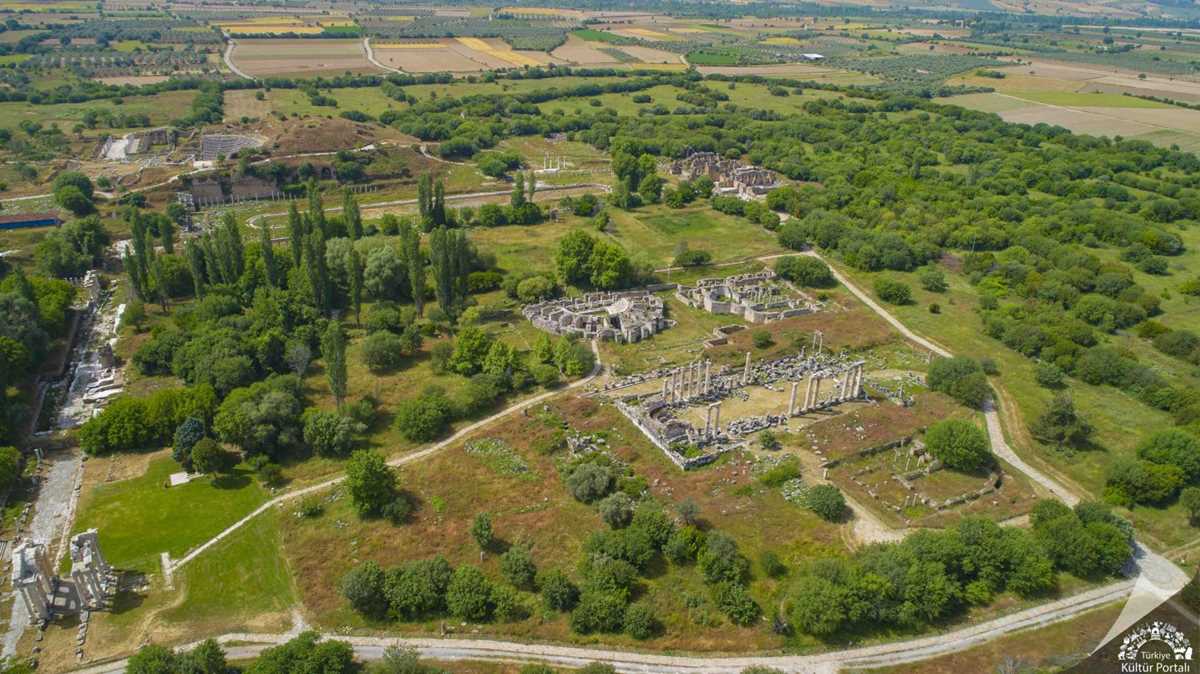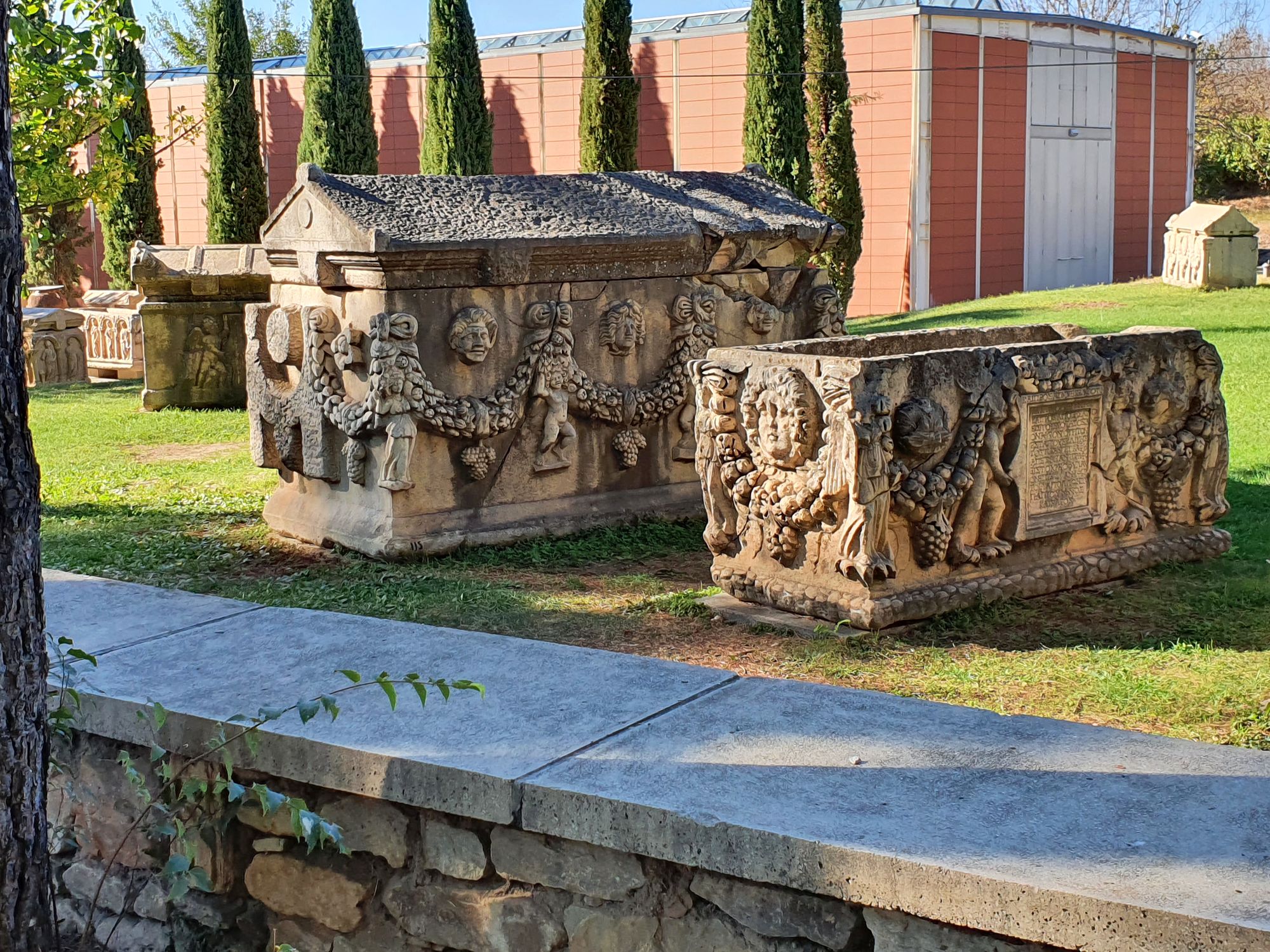Away from the crowded holiday resorts and major roads, on the outskirts of Geyre Village, the marble columns of Aphrodisias, one of the most interesting ancient cities of Asia Minor, still rise up to the sky.
 photo:kvmgm.ktb.gov.tr
photo:kvmgm.ktb.gov.tr
The old buildings are so well preserved that even today one can easily imagine how the city looked 2000 years ago. Its history began in the 2nd century BC with a temple dedicated to the goddess of love and beauty, and over time a small settlement grew around the temple.
photo:turkisharchaeonews.net
By the first century, thanks to the support of the Roman emperors, Aphrodisias had become a real cultural centre: art and science flourished, residents studied philosophy and medicine, and the local school of sculptors became famous throughout the empire.
Must-see sights
Only 14 columns remain of the oldest building, the Temple of Aphrodite, but older structures withstood earthquakes and military attacks. These include the Odeon, where the city council met, concerts and philosophers performed, a 10,000-seat theatre, the baths of Emperor Hadrian, and the three-storey Temple of Sebastion with its Doric, Ionic and Corinthian columns.
The largest building in Aphrodisias was the huge stadium seating 30,000 people. The main city street with the monumental Tetrapylon four-sided gate is still standing today.
 photo:kvmgm.ktb.gov.tr
photo:kvmgm.ktb.gov.trNot far from the city, first-class marble was quarried and used as building material for temples, palaces and fountains. Sculptors adorned them with elegant statues of Aphrodite, Apollo, Athena and other gods, heroes and emperors. The local museum houses dozens of intricately carved marble statues, reliefs and sarcophagi, all unearthed during excavations at Aphrodisias.




